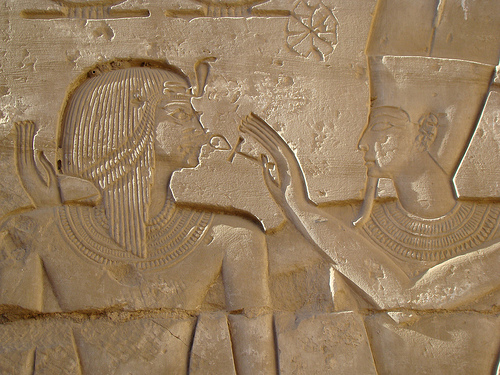
Reprinted from Meridian Magazine (8 Apr 2011).
©2011 by John P. Pratt. All rights Reserved.
| 1. Creation Process |
| 1.1 Bootstrapping A Computer |
| 1.2 Life |
| 2. Creating the Church |
| 2.1 The Spark |
| 2.2 The DNA |
| 2.3 One Becomes Two |
| 2.4 Physical and Spiritual Priesthoods |
| 2.5 Unborn Body of the Church Grows |
| 2.6 The Breath of Life: The Holy Ghost |
| 3. Conclusion |
How could the true Church of Jesus Christ be started from scratch? There are lots of tricky start-up questions to answer, such as, "If the leaders need to preside with the consent of the members, how does one get any members at all of a church that doesn't exist yet to give their consent?" This article looks at some of those creation questions and concludes that the way that the Lord and the angels told Joseph Smith to do it was way more clever than an unschooled youth could have figured out. Let's begin by considering how anything is created, and then apply that process to the Church.
How is anything created? Volumes could be written about that, but consider this brief overview. There are usually at least two or three steps, depending on whether or not it is a "living" entity. Let's consider creating an automobile.
1. Spiritual Creation. Step 1 is to make a plan, to create a design, to think it out in your mind. This step can be considered a "spiritual creation" of a sort. When it is done there are often blueprints or diagrams or artist's conceptions of what it will look like and how it will work. Some people like to divide this step into parts such as thinking, then visualizing, and then verbalizing the steps. Other people skip this step entirely and it is pretty obvious when they do.
2. Physical Creation. Step 2 is to take physical materials and build the invention. This is where the potter takes the clay and fashions it into the vessel he has in mind. For the car, it entails the entire process of building the whole car, until it comes off the assembly line. If the item is just a pot or something that is inanimate, then we might be able to stop with just the two steps. But if it is to move around, like an automobile, then we need one more step.
 |
Now let's focus on the "breath of life" step more and consider what needs to be done to get a creation started functioning. One class of start-up problems has to do with how to start a process that has two parts, where each part needs to be already working in order for the other process to function. For the following reason, let's call those problems "bootstrapping."
You are most likely reading this article using a computer. With any luck you just turned it on and it started up by itself so automatically that you didn't need to think about how that happened. You are probably familiar with the term to "reboot" the computer when it needs to be restarted. Let's talk about "booting" a computer, and one technical problem that needed to be solved in order to do it. This will relate to a very similar start-up problem that needed to be solved to properly start the Church functioning.
A computer consists of two parts, software and hardware. They are like "spiritual" and "physical". That is, the hardware is the physical chips and electronics, the part we can see. The software is the set of instructions that tells the computer what to do and how to behave. When both are working together the computer appears to be "smart" (on the good days) and to "live". But we've all seen computers crash and "die". Now let's consider what has to happen to get hardware and software (physical and spiritual) working together.
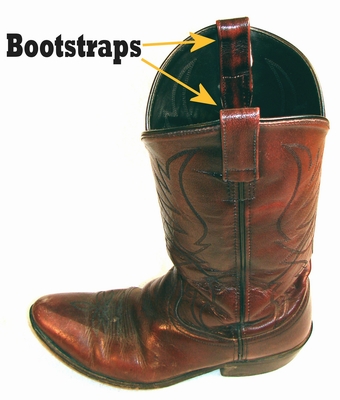 |
This author is old enough to remember how we booted the computer that operated the university telescope, back when the world was very young. The computer had 16 switches on the front. We would set all sixteen of those (hardware) switches to a certain pattern to form one (software) instruction for the computer to execute. That was like the first breathing of the breath of life into the computer. Once it had only a few of those instructions, when they were executed, the computer could then understand what to do. Those few instructions would lead to more, which involved loading the entire operating system.
So why are we talking about bootstrapping a computer? It is because the Lord needed to bootstrap his Church to get it running. How was that to be done? It turns out it is so important that there is a special office in the priesthood that includes the authority to bootstrap a new church into existence. Would you have thought of putting that into your "How to Start a Church" story? Would Joseph Smith have considered all of these technical start-up issues? But before looking at that, consider now creating real living things.
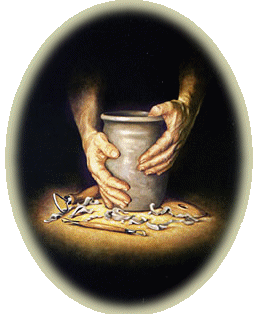 |
Without belaboring the point, it appears to be basically the same as just discussed. That is, first there is a spiritual creation. That is where God visualized the creature just the way he wanted it to be. Whether that involved sketches and computer simulations we are not told, but somehow the process ended up with what we call a "spirit".
Second is the physical creation. Here God shapes a vessel of clay like the potter (Jer. 18:6). Without getting into what happened with Adam, let's consider the current process. The Master Potter simply grows the vessels! The process involves a great miracle: a spark of life is put into a single cell (which could be two halves of a cell which come together, as in male and female). That spark is similar to a first bootstrap program, with the software instructions for how the being is supposed to look and function, written into the DNA hardware. Then God empowers the one cell to grow and divide, producing more and more cells, until the "body" is ready to be "born". This is the process by which the physical body is created. It saves the Potter a lot of time to just grow the vessels.
 |
There is actually a very important initial step that we just skipped over to simplify the process. But we need to consider it briefly. This is the step that some mystics get all excited about. It is where ONE becomes TWO. Whole volumes are written about this and some religions emphasize that everything is really one "unified" substance, and others believe in "duality" where there are two opposing forces, such as "good" and "evil" or "matter" and "spirit." This article started right out assuming the duality of matter and spirit, but the point needs to be made that technically one cannot start out with both physical and spiritual. They need to split apart from "one" to begin with.
If God's work and his glory is to bring to pass life, would we not expect His Church to be born in a similar manner? It solves those bootstrapping problems of getting a living entity started. So finally, now let's turn to creating the Church.
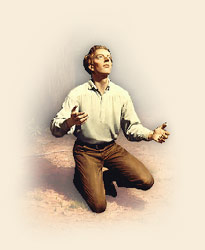 |
 |
The written word of the scriptures seems to fill this role. The Bible contained a lot of information for a blueprint, but it was lacking detail. The New Testament, and especially the letters of Paul, were written to branches of the church that were already in existence.
 |
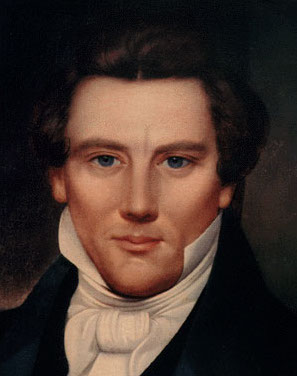 |
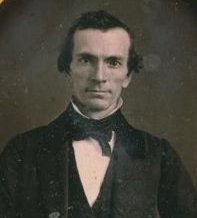 |
The answer seems clearly to be that they did not. That is, John came to baptize people to be ready to receive Christ. For example, "And all the people that heard him, and the publicans, justified God, being baptized with the baptism of John." (Luke 7:29). Jesus was bringing a higher law and his Church for those who had repented. The ritual purification of baptism was needed to join it, but the baptism of John was accepted for that purpose.
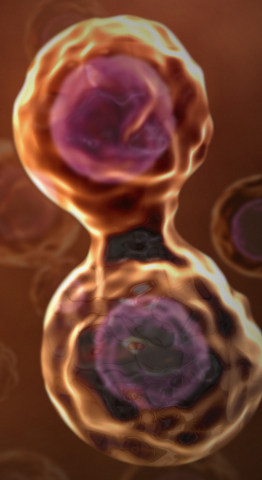 |
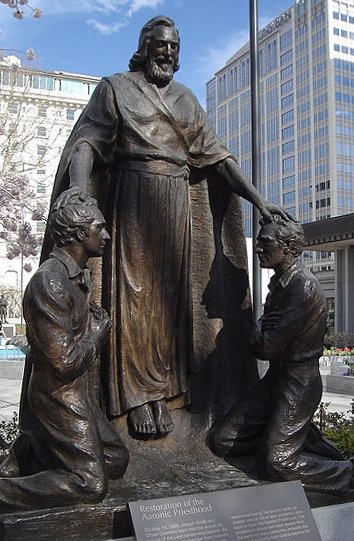 |
When is the last time you saw two men have the priesthood conferred on them at the same time, with one hand on each head? Has it ever happened except in this one "start-up" case? It was very much like one becoming two, like a cell division, with the division occurring right when the power to divide was being restored. Both men then baptized each other, and then ordained each other to the Aaronic Priesthood. Carefully following the instruction of John, Joseph baptized and also ordained Oliver first. The order of these rituals was clearly very important.
Afterward, there were two cells of the new body of Christ and each had the authority to add more cells to the body. Note that baptism is what is required for anyone to become a new cell, and the priesthood authority is what is required to prepare and cleanse them to be able to become a cell. In other words, not every member has the power to add new members, the priesthood authority is needed.
When John the Baptist appeared to Joseph and Oliver, he explained that the lesser or Aaronic Priesthood he restored had the authority to do baptisms, but not to bestow the gift of the Holy Ghost. That would be restored later by Peter, James, and John, under whose authority he worked. As the church progressed, it became clear that the lesser priesthood was a "physical" priesthood, administering the outward physical ordinances such as baptism and the sacrament.
The higher priesthood, sometimes called the Melchizedek Priesthood, includes the authority to perform all ordinances of the physical priesthood, but also can bestow the gift of the Holy Ghost, give spiritual blessings, and preside in the Church (once it is started). Because of the comparison in this paper to the physical and spiritual parts of a body, and the creation process, these priesthoods are also called "physical" and "spiritual" in this article (D&C 107:12-14).
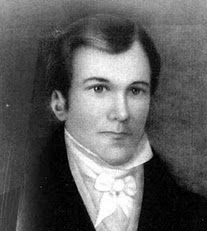 |
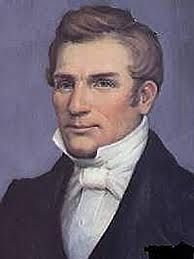 |
Sometime after the restoration of the physical priesthood, the promise of John the Baptist was fulfilled. Peter, James and John, the three apostles of Jesus Christ who held the keys of the Kingdom of God, conferred the higher spiritual priesthood on both Joseph and Oliver (D&C 27:12). Note that there was no church organized yet. They were apostles of Jesus Christ, vested with the authority to properly organize the restored church.
Joseph and Oliver were told that even after they received the higher spiritual priesthood, they would have to wait to ordain each other to the office of elder until the Church was organized so that they could be sustained as the spiritual leaders of the members (DHC I:60-61).
That is an amazing detail that Joseph and Oliver almost certainly would not have thought if they were just pretending to be talking with angels. When they received the lesser physical priesthood, the two immediately ordained each other and were then able to start baptizing repentant people. But this time they had to wait. They could not ordain each other and begin bestowing the gift of the Holy Ghost. Why not?
The answer appears to have everything to do with starting up the Church properly. The gift of the Holy Ghost is for confirmed members of the Church, and there was no church yet. This detailed procedure seems clearly to be part of correct bootstrapping protocol. The fact that everything was done with such attention to detail is a witness of the authenticity of the entire restoration. As far as I know, the significance of these procedural details as they relate to the bootstrapping problem has been entirely overlooked until now.
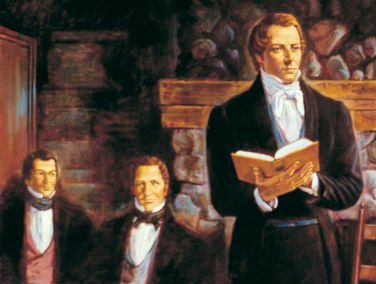 |
After the unanimous approval of those voting, the Church was considered born. Then immediately Joseph ordained Oliver to be an elder in the newborn church. He had the authority of the higher priesthood, and the sustaining vote of the church members to do that. That was not just an ordination to the priesthood, which can be done outside of the church, as in the case of their previous ordinations. Oliver was now an elder of the newly organized Church. Then Oliver ordained Joseph to be an elder also (DHC I:77-78).
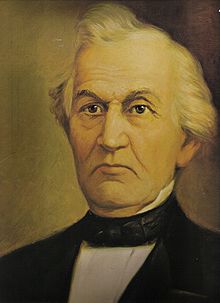 |
This is the answer to the question posed at the first of the article of how to get members of the Church before there is a church in order to have them sustain the leaders of the Church. To me it is important that the answer is that first one gets physical candidates using the physical priesthood, and then they vote to accept the spiritual priesthood leaders and formally organize the Church. And it is all very reminiscent of the creation of life.